Explore Rewarding Careers in Corporate Forestry
The Little-Known Field that Protects the Environment and Pays Well
Published 07-20-23
Submitted by Rayonier
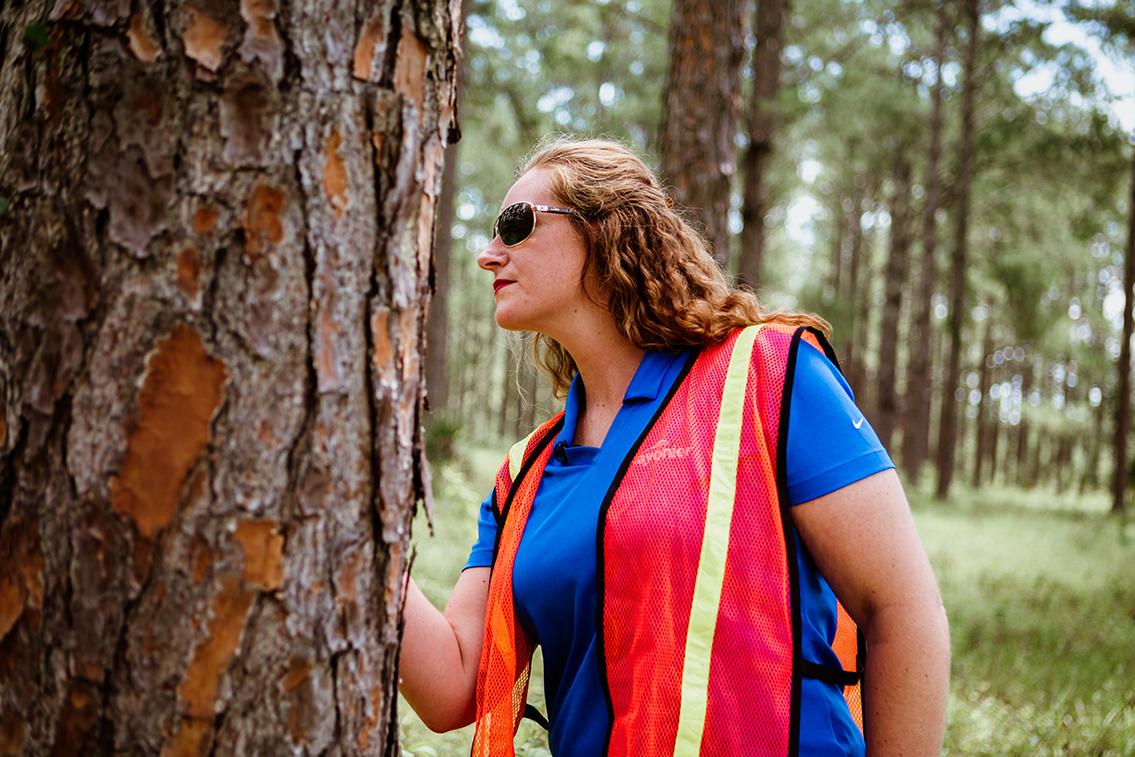
Originally published on Rayonier.com
A forestry major offers a wide range of high-demand job opportunities in a field that plays an important role in carbon sequestration, protecting threatened and endangered species, and improving air and water quality.
Ask a dozen forestry students how they discovered their field, and at least half will tell you they never heard of forestry until college.
Looking for a career that makes a positive impact on the world, college students are increasingly drawn to environmental and nature-related studies across the U.S. However, forestry, one of the higher-demand, better-paying fields in the natural resources realm, is lesser-known.
“If you want to protect the environment, work with wildlife, improve water and air quality, and reduce carbon in the world around you, forestry offers all of those things,” says Shelby Pyatt, Rayonier’s Vice President of Human Resources and IT.

A Mission to Attract More Students to Forestry
It’s Rayonier’s hope that the next generation of students discover forestry sooner. The field offers a variety of opportunities for students, regardless of whether they’re the “outdoorsy” type.
“There are so many sides to it,” Shelby says. “There truly is something for everyone in this field.”
Forestry graduates have the option to work outdoors in the woods, or to dig deep into forecasting models and crunch numbers on what the future may hold as the trees grow. A forester may work in a public-private partnerships to protect important water sources or work to conserve a special forest where a rare plant thrives. Identifying and protecting wildlife habitat is an integral part of forestry. And tech lovers can actively use tools like LiDAR, drones and GIS mapping software.
In an effort to help students understand the rich breadth and depth of what forestry has to offer sooner, Shelby says Rayonier is working to reach students at the high school and middle school level by partnering with schools, communities and other forestry organizations.
Watch a video of the event here.
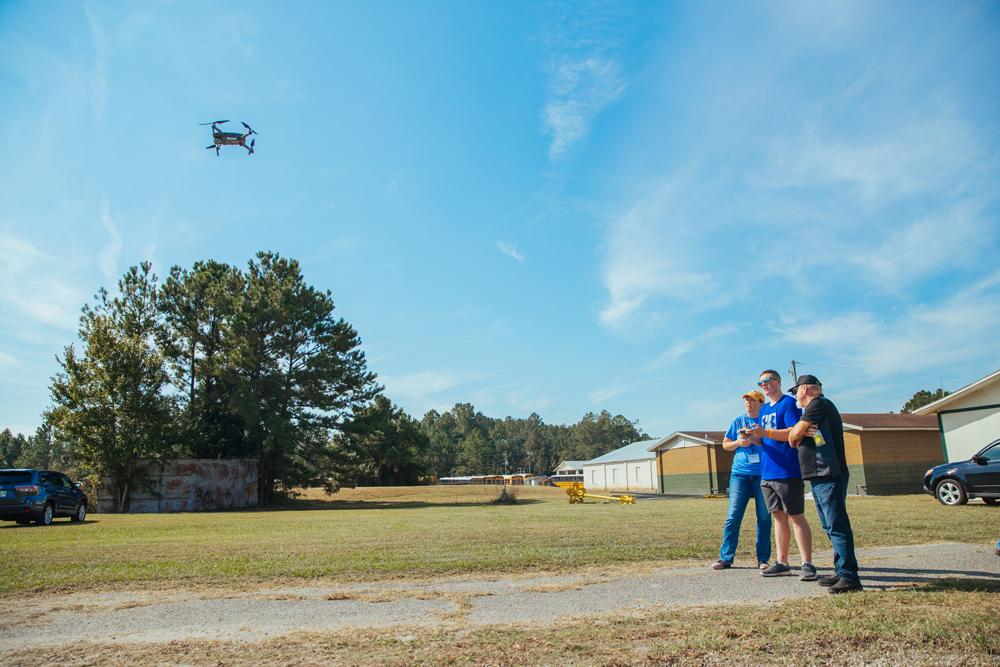
So What Exactly is Forestry?
Forestry is a unique mix of art and science.
The science part uses biology, chemistry, math and ecology to inform a forester’s decisions about how best to care for the forest ecosystem. But, as explained by the University of Kentucky’s Forestry and Natural Resources site, science is only part of the decision-making process:
Foresters must apply their knowledge in a decision-making arena where good solutions are not always obvious, conflicting human interests must be considered, and conflicting opinions must be compromised. This need for experienced judgment, diplomacy and tact constitutes the art of forestry.
“At Rayonier, we provide our foresters with a lot of tools to get the data they need, but we also trust them to balance that with the experiences they have in the field,” Shelby explains. “They make thoughtful decisions that balance all of the factors involved.”
For example, a forester may consider data on the soil type, topography and wildlife habitat when deciding which type of trees to plant and what planting method to use in a particular area. But after walking in neighboring forests, the forester may observe something about the microclimate or the growth and health of neighboring trees that impacts that plan.
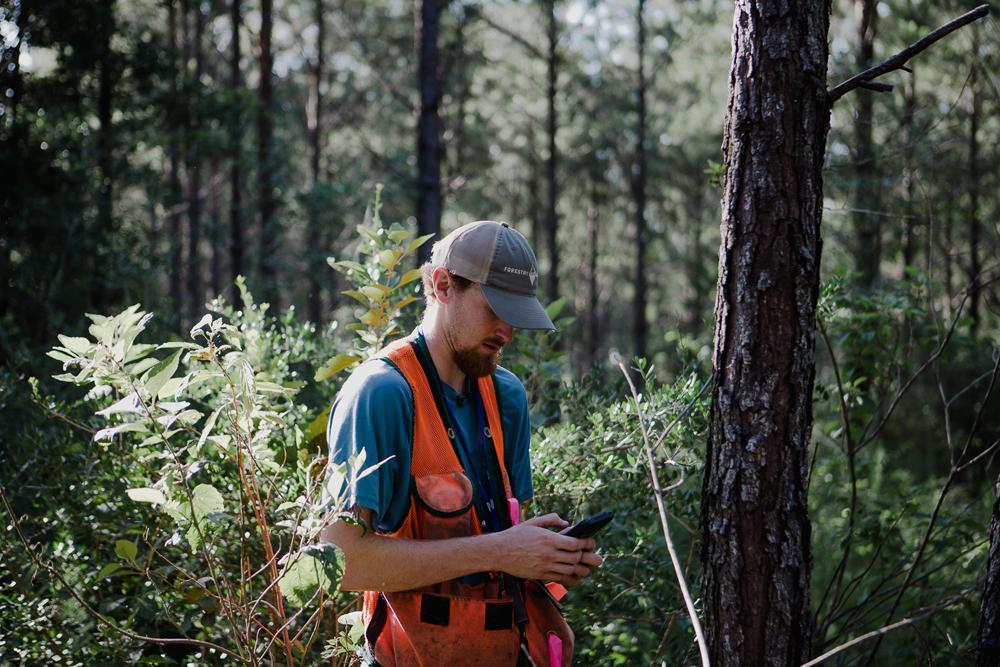
What Types of Careers Can Foresters Choose?
The best thing about a career in forestry, according to Craig Blair, President and CEO of Resource Management Service, is that there really is a place for everyone—no matter their interests, skill sets, or career goals.
“You don’t have to have a history of love for the outdoors or exposure to the outdoors to find a great career in forestry,” he says. “No matter what your talents are, there’s a career path in this business because it is just so diverse.”
This chart outlines some of the options, depending on a student’s area of interest:
| If you like… | You could be a… |
| Science | Soil Scientist working both in the lab and in the field to understand and protect soil health. |
| Biology | Wildlife Biologist. Forests are home to living species large and small. Wildlife biologists understand habitats and how forestry impacts the animals within. |
| STEM | Forestry is filled with STEM-based career possibilities, including advisors who use technology to find patterns in nature and forecast how things like climate change may affect ecosystems. |
| Politics | Advocate or lobby, impacting policy and laws around conservation and forest management. |
| Business/Economics | In Forest Operations, you can manage public or private lands, timber harvesting operations, work with landowners to assess value, and more. |
| Philanthropy | As a Land Conservation Specialist, you can work toward the protection and preservation of green spaces as well as the health and longevity of our nation’s forests. |
| The Outdoors | As a Forest Manager or Silviculturist, you’ll focus on the health of forests and how to care for and cultivate them. |
| Adventure | Wildland Firefighters and Fire Ecologists both work with fire to manage prescribed burns as well as prevent and stop wildfires. |
The way Blair sees it, the possibilities are many and the future is bright.
“Right now, it is a seller’s market if you’re a smart forestry graduate, and it’s been that way for a while. … I think there are a lot of growth areas in this field that will create opportunities for bright, passionate people to have challenging careers to look back on when they’re done and feel like they’ve made a difference.”
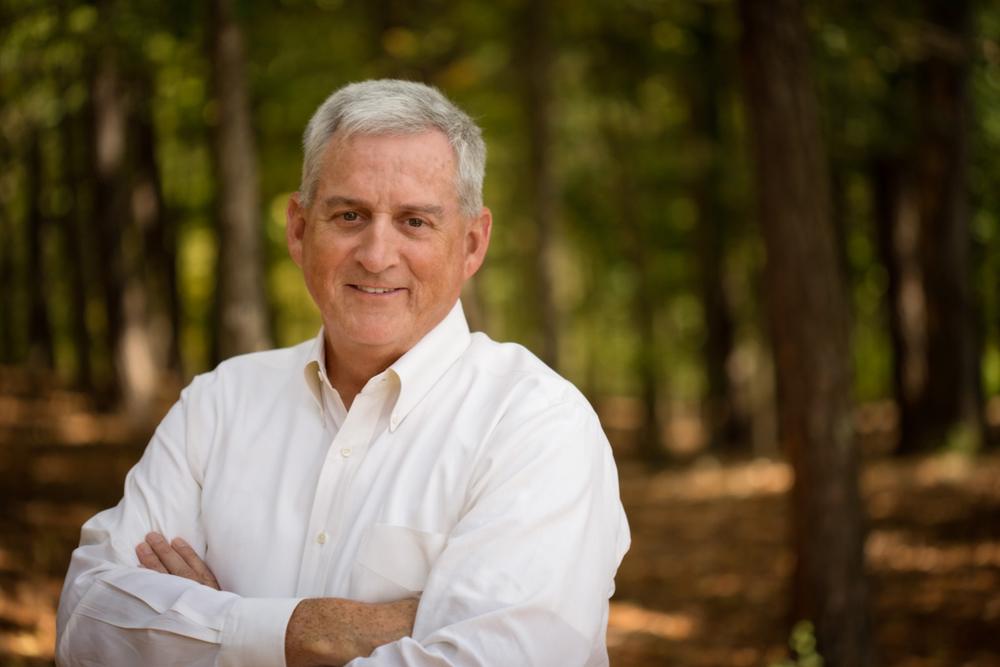
Lack of Awareness One of the Biggest Challenges in Forestry
It’s an interesting field, but one where most of the work takes place deep in the woods, where few get to see how it works. Many forestry representatives have an uphill climb when introducing future college students to the field.
“I went to speak at a high school in Knightdale, North Carolina,” recalls Sam Cook, executive director of forest assets at NC State University. “I bet you it was close to 75 kids, and 90 percent were minorities. They were only talking about environmental science and social justice. They had no knowledge of the word forestry.”
Sam is working to build a program with that same school focused on forest literacy and introducing high schoolers to the concept of a career in forestry. Having “stumbled upon” forestry, himself, more than 30 years ago, he relishes spreading the word about forestry degrees and careers.
“Forestry was not even on my radar when I was their age, but it’s been the best thing that ever happened to me in my whole career,” he says.
When he was in high school, Sam’s sister encouraged him to look into a forestry degree at Tuskegee University, where he could leverage his love of the outdoors into a meaningful career. It wasn’t until his second year in the program during an internship with International Paper that he realized he’d been living in a forestry household all along.
“My dad and brother both worked for a paper mill. I had no idea that the forest industry was impacting what they do every day, because nobody came home and talked about what they did,” he says. “That internship opened my eyes to the connecting points between trees being grown and harvested, delivered to a mill, processed and coming out with a finished product. And I could see myself in the food chain.”
Sam finished his forestry degree at NC State and built a career working across the forestry industry for private companies, nonprofit organizations and the government before taking his role in forestry education.
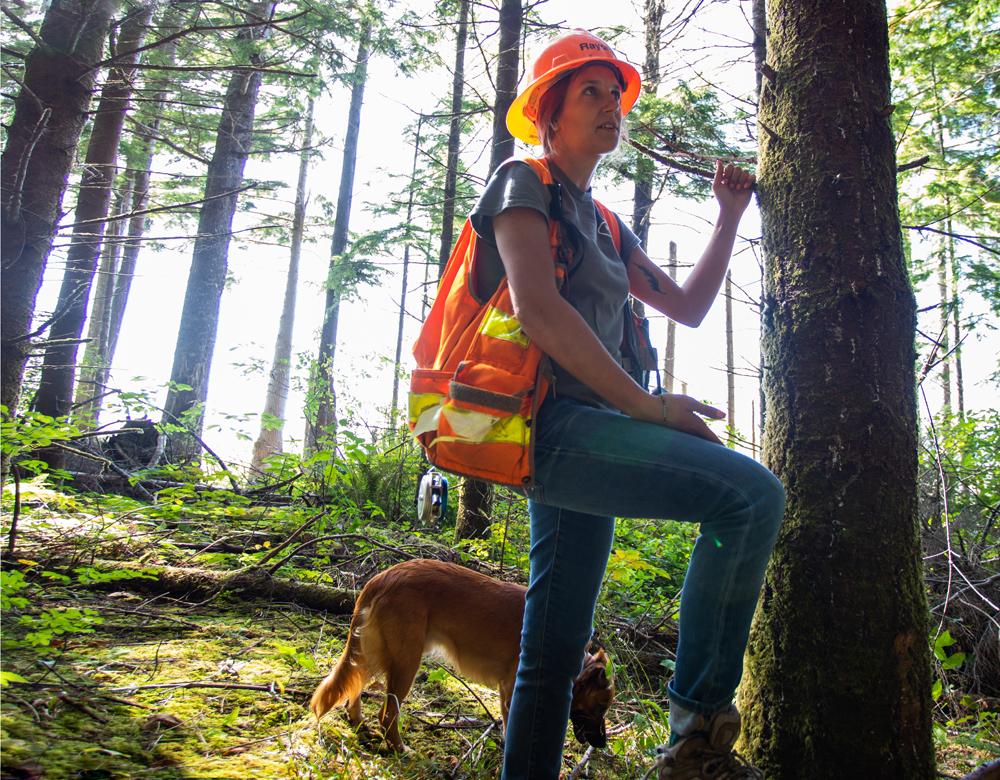
Is Forestry A Viable Path?
Once students are introduced to forestry as a possible degree, Sam likes to walk students and their parents or caregivers through the ins and outs of a degree in forestry. He often finds himself in conversation around a table with a parent who wants their child to be a doctor, lawyer or engineer. It’s his job to introduce them to an equally viable career path in forestry.
“I shape what we do in forestry around those three aspects: We offer forest engineers, forest ecologists, forest biologists. You can be a forester and get into social science if you want to just do research and deal with people,” he says. “I’ll walk through the many types of jobs and opportunities as it relates to forestry, and I showcase to them the many different people out there that are doing these jobs with a forestry degree.”
Learn more in this article about tree grafting.
As for earning potential, Sam lays it out clearly for potential students and their caregivers.
“If you come out your first year and you start working for the government, you may end up with a salary offer of about $35,000 to $40,000 with benefits,” he says. “In private industry, a typical starting salary is somewhere between $55,000 and—if they have a master’s—it can get as high as $65,000. How many people leave their first year and possibly get a brand-new vehicle, a paid cell phone, and a good salary? And to get to be out in the woods and set your own day?”
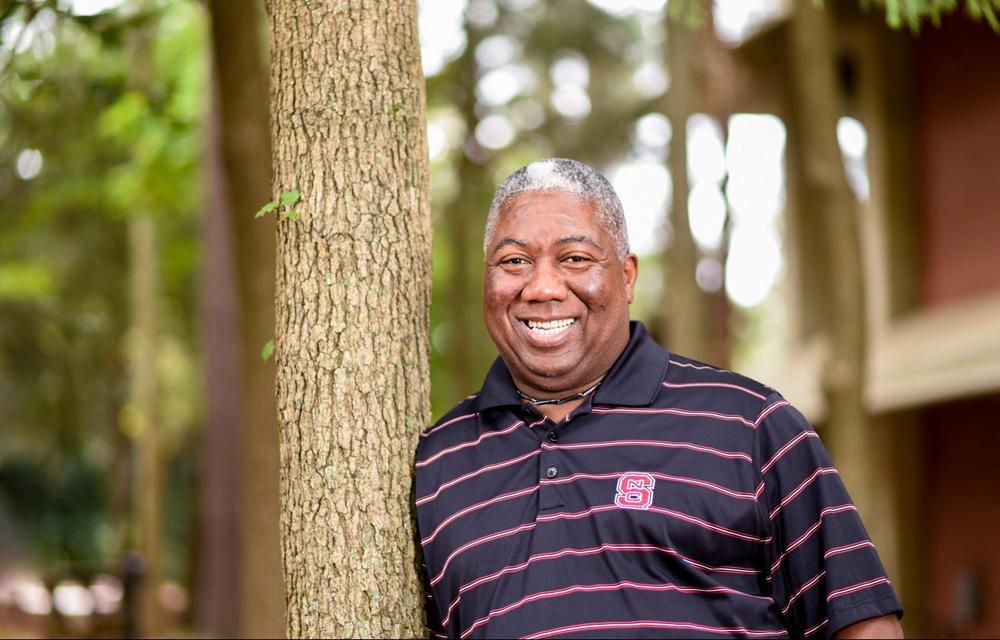
It’s not just “cutting trees”
Sam says misconceptions about what foresters do and even what the industry stands for has been one of the toughest challenges in attracting students.
“Most people, when they think about forestry, it is no different than what I was thinking about when I was growing up,” he says. “The forester to me was the person out there cutting the trees.”
And isn’t cutting trees a bad thing?
In truth, foresters by trade are committed to understanding forest ecosystems and working out sustainable ways to use and replace forest materials. Foresters plant multiple trees for every tree they harvest, then nurture that crop for decades before the logs go to market. And only so many trees are cleared from one area at a time, ensuring the ecosystem remains for wildlife.
Meanwhile, the products from the forest end up everywhere: from the wood used to build furniture and houses, to paper products like toilet paper and cardboard, to 1000s of lesser-known products that depend on the forest, such as diapers, touch screen phones, medicines, paints, bath products and countless others. Is it any wonder the field is in such high demand?
Changing misconceptions can be slow work, and Sam believes it should start even before students are picking a college major. One organization making headway in student education is the Sustainable Forestry Initiative. In 2017, SFI partnered with Project Learning Tree to create a forest literacy and environmental education curriculum designed for early childhood, elementary, middle and high school students.
“That really helps change the narrative as it relates to what we do every day,” says Sam.
As students become more aware of the importance of forestry in their everyday lives, perhaps more will see the potential in studying forestry.
“It’s a rewarding industry to be a part of,” says Rayonier’s Shelby. “You’re doing so much good for the environment, providing so many products consumers need, and you’re doing it all in a sustainable way.”
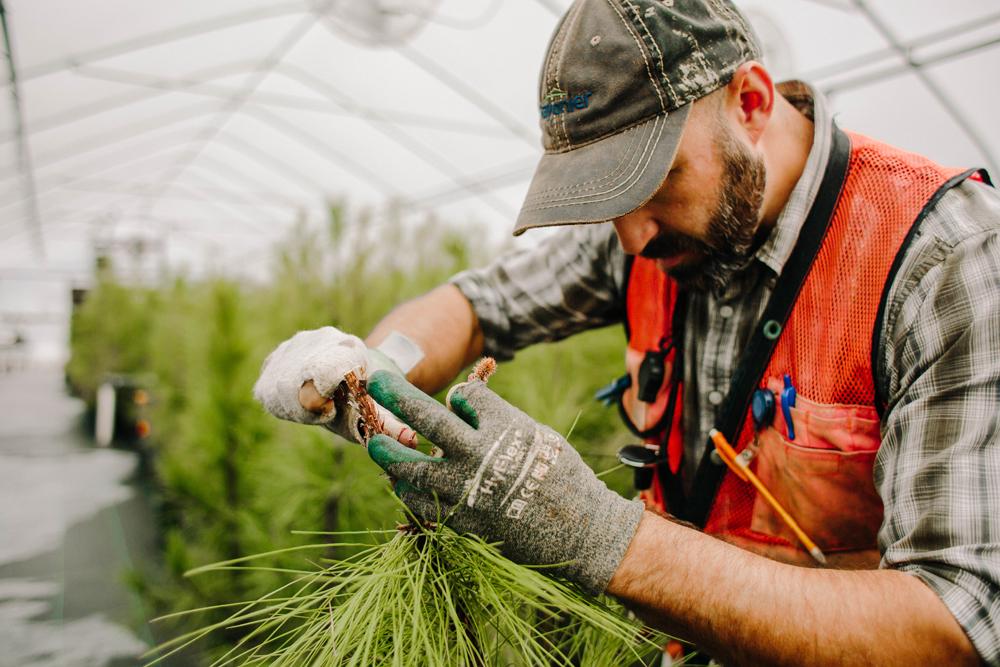
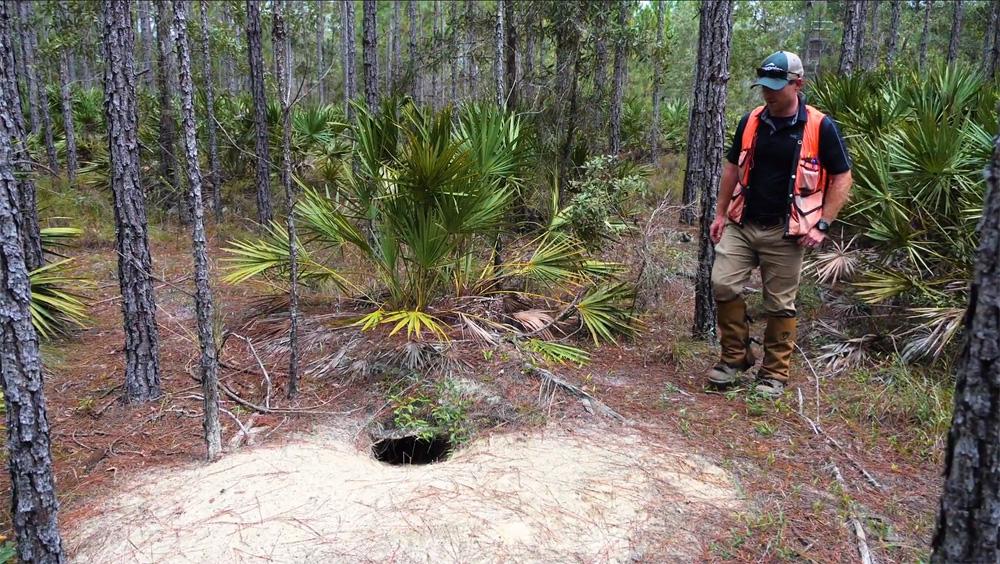

Rayonier
Rayonier
Rayonier (NYSE:RYN) is a leading timberland real estate investment trust with assets located in some of the most productive softwood timber growing regions in the United States and New Zealand. We own or lease under long-term agreements approximately 2.8 million acres of timberlands located in the U.S. South, U.S. Pacific Northwest and New Zealand. We are More than trees because we recognize that our 90+ years of success in the timberland industry comes from our people, an empowering culture and the courage to constantly challenge “the way it’s always been done.” Get to know us at www.rayonier.com.
More from Rayonier

